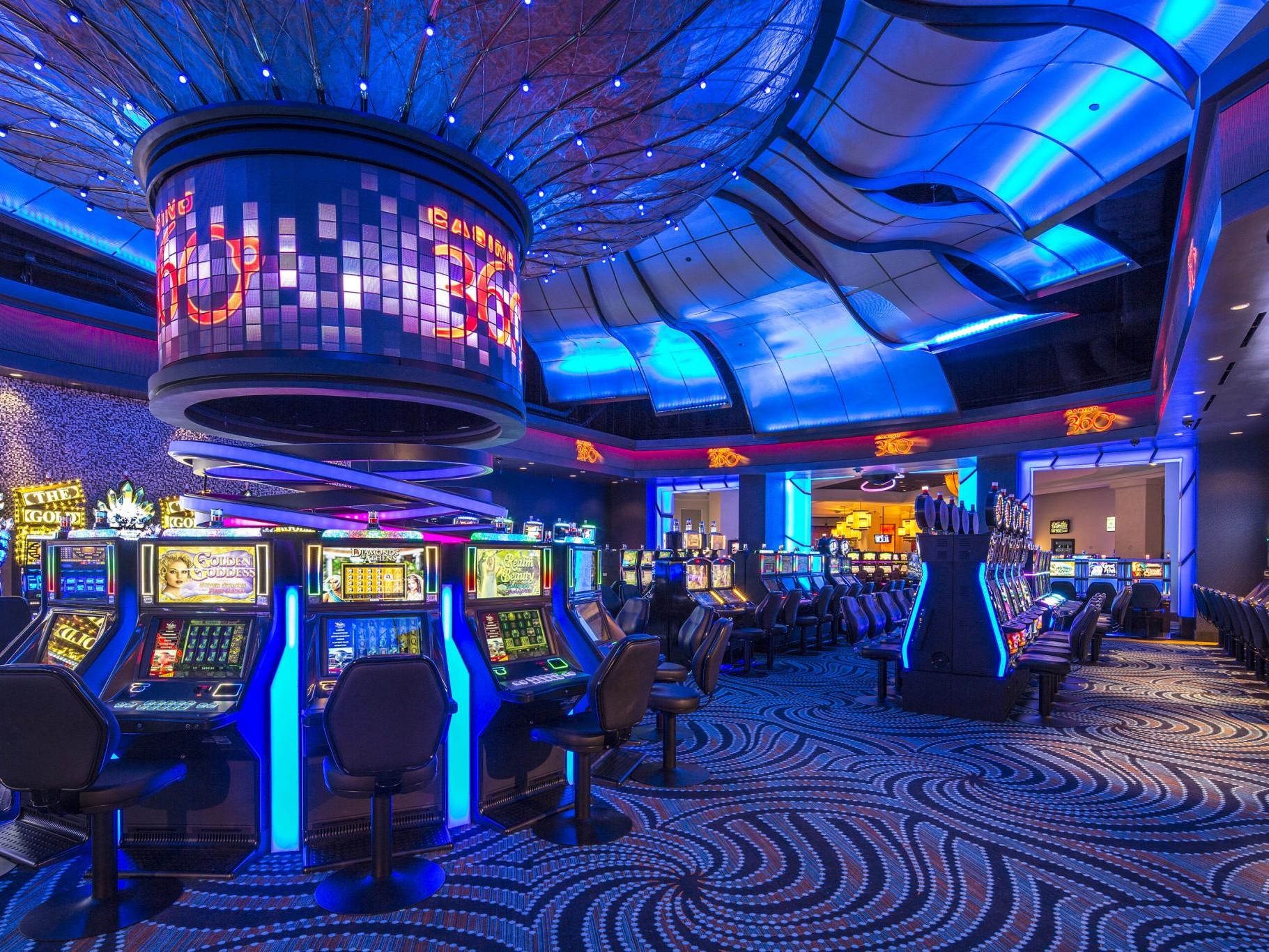
In the shadows of the shimmering illuminations and the enticing noises of spinning wheels lies an dynamic realm where innovation meets mathematics: the making of games of chance. As players flock to gaming establishments seeking excitement and the chance of striking it rich big, a vast amount of work takes form behind the scenes to create the games they enjoy. From the starting concept to the ultimate product that players engage with, many elements come together to ensure an captivating gaming experience.
Designers, technicians, and game creators collaborate to merge innovative technology with engaging gameplay features. Every aspect, from graphics plus sound effects to odds and payouts, is carefully crafted to attract players and keep them entertained. Understanding this complex process of how casino games are made reveals both the technical skills required but also the creative vision that transforms these immersive experiences to life.
Casino Game Design Workflow
The design process starts with brainstorming and conceptualization, where creators generate concepts for new casino games. This first phase often involves identifying target audiences and analyzing market trends. Designers consider factors like game mechanics, themes, and payout structures to develop an immersive experience. Collaboration between game designers, mathematicians, and artists is essential to ensure a balanced concept.
Once a design is chosen, the next stage involves creating prototypes and testing. Designers create a working version of the game to assess its playability and mechanics. This allows for adjustments and refinements based on feedback from testers. Reiteration is vital, as designers may go through multiple rounds of evaluations to fine-tune gameplay balance and user experience. This phase is crucial for identifying any potential issues before the game is finalized.
After testing, the game moves into development and production. This includes the technical aspects of coding the game software, integrating graphics, and ensuring compliance with gaming regulations. Quality assurance testing verifies that the game functions seamlessly across different platforms and devices. Once everything is polished, the game is prepared for launch, usually accompanied by promotional tactics to draw in players and generate buzz around the latest casino game. khuyến mãi Miso88
Technology and Development
The evolution of casino games has changed significantly with advancements in technology. Modern game design often includes high-quality graphics, engaging sound effects, and engaging animations that deliver a captivating experience for gamers. Game developers use sophisticated software tools and programming languages to create these interactive gaming experiences. Additionally, the use of random number generators ensures equity and unpredictability in outcomes, which is essential for ensuring player trust and compliance with gaming regulations.
In the past few years, the growth of online casinos has pushed the boundaries of game development even further. Developers are now able to create games that appeal to a worldwide audience, incorporating features such as live dealer options and virtual reality environments. This shift has encouraged creativity, leading to unique game mechanics and formats that enhance player engagement. Gaming on mobile devices has also become a major focus, prompting developers to tailor games for smartphones and tablets, ensuring accessibility and ease of access for players on the go.
Collaboration among creators, artists, and mathematicians is essential in the creation process. Each team brings their expertise to ensure games are not only aesthetically pleasing but also mathematically sound and enjoyable. The integration of player feedback during testing phases allows developers to improve game features and functionalities, ultimately leading to a positive launch. As technology continues to advance, the potential for innovative game concepts and experiences is limitless, promising an enticing future for casino games.
Evaluating and Quality Control
Once a slot has been created, it transitions to the critical phase of evaluation and quality control. This stage ensures that the game operates perfectly and provides a fair experience for gamblers. Teams conduct comprehensive tests, including functionality checks to verify that all game features work as planned. Each component, from graphics to sound effects, is reviewed to ensure high standards are met.
In addition to functionality testing, the game experiences thorough compliance checks to meet compliance requirements. Various jurisdictions have specific rules governing game fairness and player protection. Quality assurance teams will verify that the random number generators are functioning correctly and that the game’s payout percentages align with market standards. This meticulous examination helps establish trust with gamblers and authorities alike.
Finally, user testing may be conducted with real players to gather insights on user experience. This crucial insight allows developers to execute necessary adjustments before the official launch. Addressing any likely issues noted during this phase helps ensure that players will experience a seamless, immersive experience when the game goes live. The commitment to quality reflects the industry’s dedication to delivering entertaining and reliable casino games.
